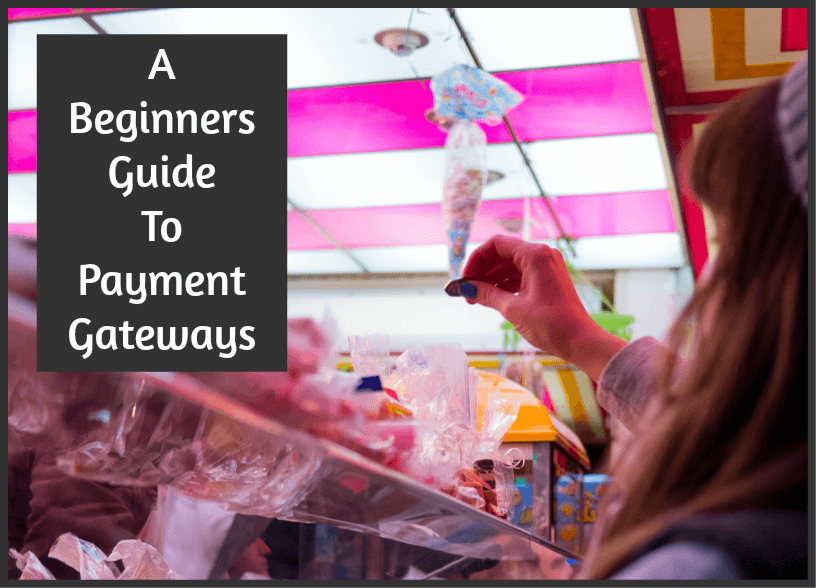
A Beginners Guide To Payment Gateways
Choosing the right payment gateway and payment form for your business can be tricky, and sometimes has a lot of choices to weigh up. But, it really does not need to be if you understand properly how they work and how they can benefit your business. If you don’t really understand what a payment gateway is or what it does, then you might find choosing the right one a little difficult. Consider this a crash course in payment gateways to help you make the right choice for your business.
What Is A Payment Gateway?
A payment gateway is the bridge between your customer’s card and your bank account.
It allows you to safely accept credit or debit card payments online. Card details are protected by encryption, keeping the information passed between you, your customer and the bank secure.
- The customer places an order on your website.
- Their browser encrypts their payment details via Secure Socket Layer encryption.
- Those encrypted details are forwarded to your payment gateway.
- The gateway passes those details to the payment processor used by you (usually your bank). From there, the payment processor forwards the transaction details to the card association.
- Finally, the customer’s bank receives an authorisation request and sends back a response code to the card association, to let them know if the transaction is approved or not.
- If the transaction is approved, the payment is signed off and transferred to you.
What Options Are There?
There are a few kinds of payment gateway.
- Some redirect the customer to an external site to make a purchase, which will then process the payment on your behalf. This is an easy option for start-ups, but isn’t the best long-term solution, as it takes customers away from your site.
- Another option is a gateway where the customer makes a purchase on your website, but then moves off-site to enter payment information. Stripe is a popular option that works in this way.
- If you’re running a large ecommerce site, you need a more robust system. Setting up your own system allows you to create a smooth customer journey, keeping them on your site. You’ll also be able to design the checkout process and experience to keep it on brand.
This option isn’t cheap, however, and you need to be certain that the gateway you’ve set up is secure. If you’re not sure how to keep everything safe, you might be better off with the kind of payment gateway API available here.
Choose The Right Gateway
When choosing a gateway for your business, there are some things to take into account. The first priority should be the safety of the customers’ details. Be sure you’re choosing a gateway that is secure, and has good failsafes in place in case of a breach.
Choose a gateway that you can easily integrate with any systems you already have in place. It’s important whatever you choose is reliable. A gateway that goes down is no good for you, as you don’t want to find yourself unable to accept online payments.
Look into the gateway’s fraud policy to make sure they have a solid plan to prevent fraudsters getting in.
You should also choose something that allows you to accept lots of payment methods to maximise the amount of potential customers and to make it easier for people to pay.
© New To HR


